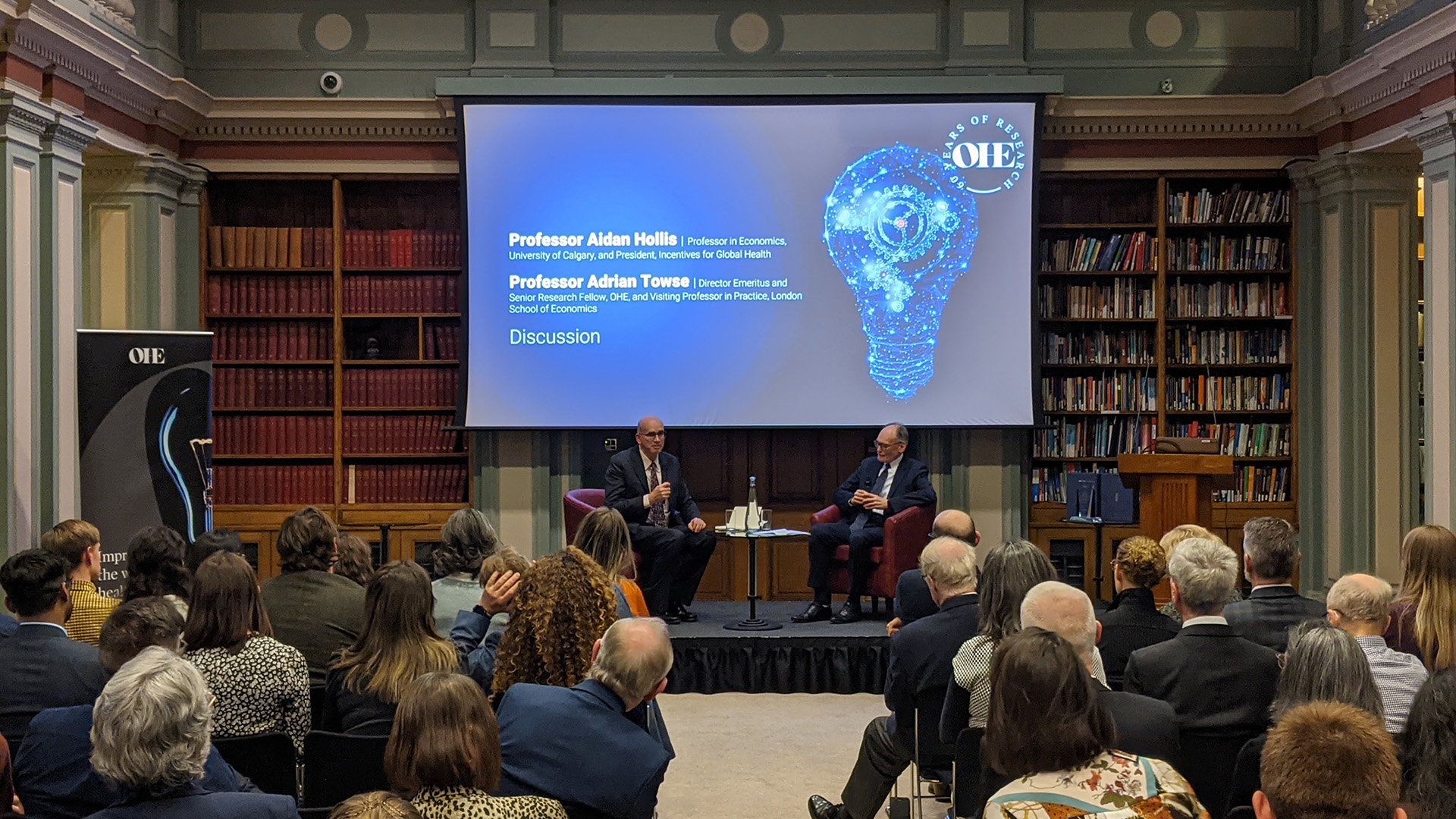Sign up to our newsletter Subscribe
Challenges and Solutions for Budget Impact Analysis of Gene Therapies

Sign up to our newsletter Subscribe

A new OHE Research Paper assesses the nature of evidence used to reach HTA decisions which NICE have classified as “Recommended in Line with Clinical Practice” between 2007 and mid-2016. The level of patient access associated with these decisions has…
A new OHE Research Paper assesses the nature of evidence used to reach HTA decisions which NICE have classified as “Recommended in Line with Clinical Practice” between 2007 and mid-2016. The level of patient access associated with these decisions has also been assessed.
Just published is a new OHE Research Paper entitled: An Analysis of NICE Technology Appraisal Decisions “Recommended in Line with Clinical Practice”. The paper is authored by OHE’s Phill O’Neill, Amanda Cole and Nancy Devlin, in collaboration with Aurea Duran of Astellas (Pfizer at the time of research).
The study examines all 89 HTA decisions where NICE have classified the outcome as Recommended in Line with Clinical Practice (RiLCP) published between 2007 and June 2016. First, a qualitative assessment of documentation associated with RiLCP decisions to create a framework to describe common themes and criteria used to reach those decisions. Second, the level of patient access associated with each RiLCP decision using a previously developed method – the ‘M’ score – was undertaken. We believe that this is the first systematic assessment of this class of decisions.
In 40 out of 89 cases clinical/cost-effectiveness was identified as the prime motivation for limiting the patient population (relative to marketing authorisation). Using the previously developed ‘M’ score method for measuring the level of access associated with RiLCP decisions, we estimate that, relative to license, an average of 53 out of 100 patients were recommended as suitable for treatment.
Together, the nature of the evidence used to influence recommendations and the level of access associated with them suggests that, for many of these decisions, it is difficult to distinguish between RiLCP and ‘optimised’ recommendations. In these instances restrictions are being placed on the use of innovative medicines, and reported in a way that is not readily transparent that this is the case.
This paper builds on research originally funded by Pfizer ltd.
Access the OHE Research Paper here.
For more information about OHE’s research on this topic, contact Phill O’Neill.
Related publications:
O’Neill P, Devlin N., 2010. An analysis of NICE’s ‘restricted’ or ‘optimized’ decisions. Pharmacoeconomics, 28: 987-93.
An error has occurred, please try again later.
This website uses cookies so that we can provide you with the best user experience possible. Cookie information is stored in your browser and performs functions such as recognising you when you return to our website and helping our team to understand which sections of the website you find most interesting and useful.
Strictly Necessary Cookie should be enabled at all times so that we can save your preferences for cookie settings.
If you disable this cookie, we will not be able to save your preferences. This means that every time you visit this website you will need to enable or disable cookies again.
This website uses Google Analytics to collect anonymous information such as the number of visitors to the site, and the most popular pages.
Keeping this cookie enabled helps us to improve our website.
Please enable Strictly Necessary Cookies first so that we can save your preferences!

